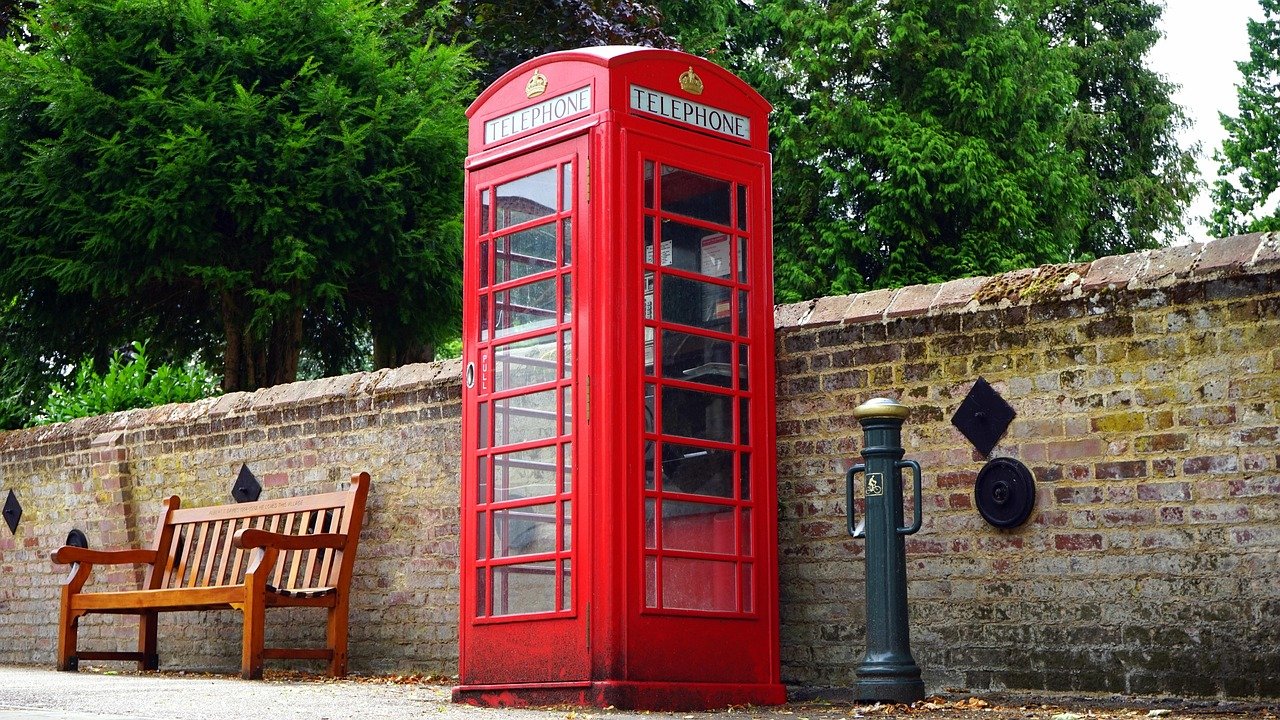Every organization eventually reaches a point where its technology no longer matches its ambitions. Systems that once supported growth start holding the business back. Processes become slower, integration feels impossible, and innovation stalls. In a market where speed and adaptability are critical, outdated technology can cost more than just efficiency — it can cost competitiveness.
Many companies are reluctant to change. Legacy systems are often seen as “good enough,” but in reality, they introduce hidden costs and risks that grow each year. Businesses that continue to rely on aging infrastructure face security vulnerabilities, poor user experiences, and higher operational costs. The longer the delay, the harder it becomes to catch up.
That’s why investing in modernization services is no longer a luxury — it’s a necessity. Modernization enables organizations to upgrade legacy systems, adopt cloud-native solutions, and create a future-ready IT environment that aligns with business goals. If you’re wondering whether it’s time to act, here are five unmistakable signs your business needs modernization now.
1. Rising Maintenance Costs Are Strangling Your IT Budget
One of the clearest red flags is when your IT spending is disproportionately allocated to maintaining outdated systems. Maintaining legacy applications often requires specialized expertise, costly licensing, and manual workarounds that drain resources.
Instead of fueling innovation, budgets are consumed by patching systems that don’t add new value. Modernized platforms significantly reduce operational expenses by automating processes, consolidating systems, and eliminating the need for legacy-specific support.
2. Security Vulnerabilities Are Becoming a Concern
Cybersecurity threats are evolving at an alarming rate. Older applications, built years or even decades ago, often lack the safeguards required to withstand modern attacks. Unsupported software versions, unpatched vulnerabilities, and rigid architectures create easy entry points for hackers.
Modernization helps organizations strengthen their security posture. Cloud-enabled architectures, encryption standards, and automated compliance updates all provide higher levels of protection. If your leadership team is losing sleep over cybersecurity risks, that’s a clear sign it’s time to modernize.
3. Customer Expectations Are Outpacing Your Capabilities
Customers today expect seamless, personalized, and fast experiences. Legacy systems make it difficult to deliver. Slow response times, siloed data, and limited integration with digital platforms all contribute to customer frustration.
With modernization, businesses can implement real-time analytics, AI-driven personalization, and omnichannel engagement platforms. These capabilities transform customer experience from reactive to proactive, helping organizations strengthen loyalty and stay competitive.
4. Data Silos Are Preventing Insightful Decision-Making
Data has become one of the most valuable assets for any business. Yet, many organizations still struggle with fragmented systems that don’t talk to each other. When sales, marketing, finance, and operations each operate from separate data pools, decision-making is based on incomplete or outdated information.
A modernized environment consolidates these silos into unified platforms, enabling the creation of real-time dashboards and advanced analytics. Services like data migration as a service ensure legacy data is securely and accurately transferred into modern systems, making insights more reliable and actionable.
5. Innovation Feels Impossible with Your Current Systems
The most telling sign is when IT becomes a roadblock to growth. If your teams constantly hear “the system doesn’t support that” or “integration will take months,” you’re not just behind — you’re missing opportunities.
Modernized applications provide the agility needed to adopt emerging technologies such as AI, IoT, and machine learning. They also enable businesses to respond faster to market changes, launch new products, and scale operations without being weighed down by outdated infrastructure.
How Modernization Creates Competitive Advantage
Modernization is more than a technical upgrade — it’s a business enabler. Companies that modernize their systems experience:
● Faster time-to-market for new products and services.
● Greater flexibility to adapt to changing customer demands.
● Improved collaboration across teams and business units.
● Future-proof technology that grows with the organization.
By aligning technology with strategy, businesses unlock innovation, reduce costs, and create long-term resilience.
Getting Started with Modernization
If these signs sound familiar, the next step is building a clear modernization roadmap. Begin by evaluating your current application portfolio, identifying key pain points, and determining which systems require urgent attention.
A phased approach often works best — beginning with low-risk, high-impact projects before moving to larger, more complex systems. Working with experienced partners ensures smoother execution, reduced risk, and faster results.
Conclusion: Don’t Wait Until It’s Too Late
Outdated technology doesn’t just slow your business down — it creates real risks for your customers, employees, and bottom line. If you’re facing high costs, poor security, frustrated customers, siloed data, or limited innovation, it’s time to modernize your approach.
By investing in modernization services and leveraging solutions like data migration, organizations can transform their IT landscape into a driver of agility, innovation, and growth. The longer you wait, the further the gap with competitors who have already embraced change. Now is the time to take action.


